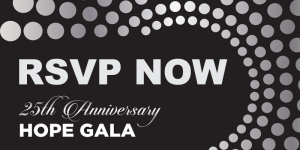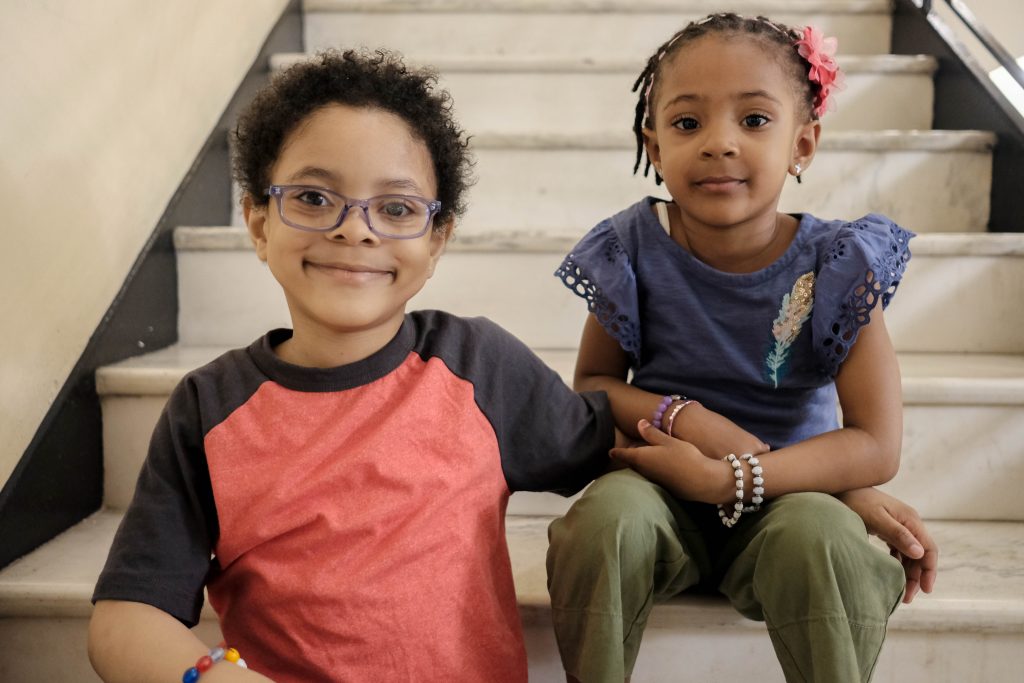 Asaya loves karate, the color blue, and his little sister Anaya. They are best friends and they get along like two peas in a pod. He is a fun-loving little boy who is surrounded by loving parents and the support of family and friends, but he needs your help.
Asaya loves karate, the color blue, and his little sister Anaya. They are best friends and they get along like two peas in a pod. He is a fun-loving little boy who is surrounded by loving parents and the support of family and friends, but he needs your help.
We have been working with Asaya Bullock and his family since 2014. Asaya has been the focus of 163 bone marrow donor drives, where we have registered 2487 potential donors on his behalf, and we continue to stand by his family for emotional, logistical and financial support. Unfortunately, these efforts have not been enough to find his cure.
This beautiful little boy needs your help.
At the age of 8 months, Asaya was diagnosed with a rare autoimmune disease called I-PEX. His parents were told he would not live past the age of two. You can read more about his story here.
In July, Asaya will be 7, which means that he has been living with this rare disease for almost seven years. He is enrolled in first grade, but he misses class often due to his compromised immune system. This past winter was rough on the family; the flu lasted for 6 weeks and Asaya lost a lot of weight. He receives IgG treatments (Immunoglubulin replacement therapy) every other week, administered by his mom so they don’t have to spend so much time traveling to the doctor. The treatments hope to increase the IgG levels in his blood, which to help fight infections.
Asaya is in desperate need of a matching bone marrow donor. His father Vincent is African American, and his mother Charlene is West Indian Caribbean. Unfortunately, Asaya’s ethnicity is under represented in the bone marrow registry. Not enough potential donors have joined, so a match has not yet been identified. Could you be his match? Do you have friends or family that could be a life saving match? Please consider joining the registry here http://join.bethematch.org/TeamAsaya. Share this post with your social media network and ask your friends to join using the links below. Get involved and host a marrow drive in your community to register more potential life savers. Learn how to do that here.
Thanks for reading, registering, and sharing. We need to work together to find a match for little Asaya.
What if You Could Save a Life?What if you were the only one who could save a life? If you could be that hero, the one that someone has been looking for and perhaps the only one in the world who fits the criteria, would you do it? Would you take the necessary steps and give life to another?
Every year, more than 14,000 patients are diagnosed with blood cancers like leukemia, lymphoma and sickle cell anemia. For these patients, a stem cell or bone marow transplant is their only hope for survival.
70% do not have a matching donor in their family. They are reliant on finding a donor through the Be The Match bone marrow registry. It’s the largest and most diverse registry in the world, but it’s not large enough, or nearly diverse enough.
The Icla da Silva Foundation is the largest recruitment center for Be The Match. Our focus is on supporting under represented communities, and we work tirelessly to find bone marrow matches for minority groups and mixed-background ethnicities whose current donor pool is either far too small, or almost non-existent.
The simple fact is that not enough people of ethnic diversity have joined the registry. This has resulted in a registry that is currently under represented for many ethnic segments. We are working to change this. You can help by joining and asking those close to you to do the same.
Aashim’s Search
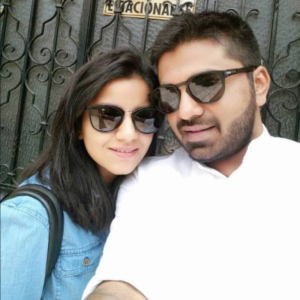 Aashim Joy is one of the potential recipients still searching for his perfect bone marrow match. He was diagnosed with B-Cell Type Acute Lymphoblastic Leukemia in July last year, and he requires a bone marrow transplant. Like many blood cancer sufferers, he has no other hope of beating the disease.
Aashim Joy is one of the potential recipients still searching for his perfect bone marrow match. He was diagnosed with B-Cell Type Acute Lymphoblastic Leukemia in July last year, and he requires a bone marrow transplant. Like many blood cancer sufferers, he has no other hope of beating the disease.
One year into his marriage, his diagnosis was a shock and the new couple’s American Dream seemed to fade before their eyes. Involved in the financial sector in New York City, the couple had recently relocated from Bangalore to start a new life together in the Big Apple when Aashim was diagnosed.
Reaching out to the Be The Match Registry, the largest in the world, Aashim and Reema were hopeful of a quick match and a happy ending. Despite their time and enthusiasm, the search has been longer than expected. People of Indian descent are not common on the registry, which makes the genetic and ethnic aspects of finding a perfect match more difficult.
“The Indian community is underrepresented [on the bone marrow donation registry], which makes it more difficult to find a matching donor.”
The search is still on for Aashim’s perfect bone marrow match. Both he and Reema remain positive of finding a match, urging everyone they meet to sign up and join the bone marrow registry. Not only for the sake of Aashim and his lovely wife, but for other patients who walk this difficult road beside them.
Read more about Ashim’s story here and here.
Joining the Registry
Signing up as a potential donor is simple. If you match a patient, it is obviously a life-saving experience for the recipient, but it can also be life-changing for the donor. You are literally giving someone a second chance at life.
The process involves clicking the link, setting up an account with an email and a password, and providing some general health and ethnicity information. You will receive a swab kit in the mail. Once you return the kit, you will be included in searches for patients in need of a matching donor.
If you match a patient and are eventually asked to donate bone marrow, please say yes. The process is simpler than you think. You can read about it here. The bone marrow cells in your body are replenished within four to six weeks after the procedure and your life goes on.
Each person who joins the Registry is a new potential match for a patient in need.
Every Bit Helps
If bone marrow donation is not an option for you, the following are also helpful ways to get involved and help a patient in need:
- Organize a bone marrow drive.. We’re here to provide tips and suggestions on how to run a successful drive in your community. Who knows? This could be the difference between life and death for somebody waiting for a bone marrow transplant.
- Donate your time. Patients and their families spend the majority of their precious time doing mundane administrative and logistical tasks while looking for assistance and finding a match. Why not offer to help out at a local clinic or volunteer at an organization like the Icla da Silva Foundation?
- Give Financially. Always a great need in a non-profit based organization, financial assistance is a tremendous help in donor searches, educational awareness events, and covering economically-challenged patients’ medical bills.
- Support events and fundraisers. There are people all over the world trying to assist in bone marrow donation and awareness. Go to their fundraising events, tweet about it, share a link on social media, support media efforts and invite some friends! Our 8th annual Matchmaker 5K Walk is just around the corner, sign up now.
Heritage and Ethnicity Matter!
Aashim is a wonderful example of where ethnicity and genetics play a pivotal role in bone marrow donation. The Indian donor pool is, unfortunately, not representative or diverse enough to cater to such a large population; and Aashim has not been able to find a suitable donor match thus far. The larger the pool of donors, the more diverse the pool becomes, significantly improving the probability of finding a match.
Success Stories
There is hope. Many of our success stories are a testament to perseverance and tenacity, often at the hands of an invested team of supporters and medical professionals. There are victories worth mentioning, and heroes who decided to take the leap.
The Flaherty Brothers
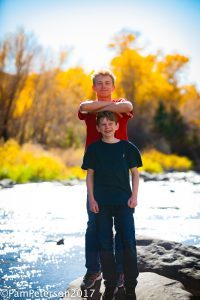 At age 3, William was diagnosed with hemophagocytic lymphohistiocytosis (HLH). The immune system attacks the body’s own organs instead of protecting it against foreign invaders. Charles was only seven at the time, but turned out to be a perfect match for his little brother and insisted on donating his stem cells to save William. The procedure was on a Thursday and Charles was back at school by the Monday morning remembering the worst part of the whole experience as having to take off the bandage!
At age 3, William was diagnosed with hemophagocytic lymphohistiocytosis (HLH). The immune system attacks the body’s own organs instead of protecting it against foreign invaders. Charles was only seven at the time, but turned out to be a perfect match for his little brother and insisted on donating his stem cells to save William. The procedure was on a Thursday and Charles was back at school by the Monday morning remembering the worst part of the whole experience as having to take off the bandage!
Both brothers are now healthy and living life to the full back in Puerto Rico. After the procedure, Charles was treated to a ski trip with his father and unbelievably, it has lead to a lifelong passion. He was Puerto Rico’s single star on the Alpine Ski team at the 2018 Pyeongchang Olympics.
Read more about Charles and William’s story.
Mya
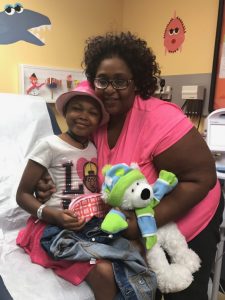 Smiling is a universal language, and Mya is an expert. This 9-year-old has been through an epic battle against T-cell leukemia and came out on top. Described as a ‘beautiful, positive, joyful spirit,’ she and her family are finally seeing the light after years of struggle against this devastating illness.
Smiling is a universal language, and Mya is an expert. This 9-year-old has been through an epic battle against T-cell leukemia and came out on top. Described as a ‘beautiful, positive, joyful spirit,’ she and her family are finally seeing the light after years of struggle against this devastating illness.
Chemotherapy was ineffective in treating her condition. Thankfully one of Mya’s brothers was a 100% percent match and he gladly donated his bone marrow stem cells. Her recovery is going well, but the treatment is expected to continue for the next two to five years, which means the financial strain on the family is huge.
Tancrede
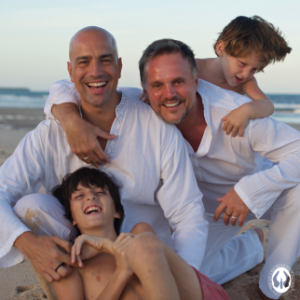 Born at 27 weeks, Tancrede Bouveret was the spark in his father, Luc’s, eye – a tiny, perfect addition to the family. At age of eleven he was diagnosed with Myelodysplastic Syndrome (MDS), which eventually progressed into Leukemia. Unfortunately, Tancrede’s little brother was not a suitable donor (only 25% of siblings are).
Born at 27 weeks, Tancrede Bouveret was the spark in his father, Luc’s, eye – a tiny, perfect addition to the family. At age of eleven he was diagnosed with Myelodysplastic Syndrome (MDS), which eventually progressed into Leukemia. Unfortunately, Tancrede’s little brother was not a suitable donor (only 25% of siblings are).
After an extensive search in Brazil, the U.S.A and France, the excited family was able to locate a 100% percent match and Tancrede was saved. Complications resulted in an extra long hospital stay and a need for more lymphocytes, which his donor gladly provided. On October 18, 2017, Tancrede met his bone marrow donor for the first time at the Icla da Silva Hope Gala in New York City. It was an unforgettable moment of shared joy and hope for humanity.
Read Trancrede’s story.
They Said Yes
The Icla da Silva Foundation has the privilege of seeing successful donation efforts and those which make them possible. Here are three of our favorite donor stories:
Join the Movement
So, are you open to the possibility of saving someone’s life? Take the leap and register as a bone marrow donor. Help however and whomever you can, because life is short and everyone deserves an opportunity to flourish in the time we have been granted.
Thanks for reading. Please share.
Unique Ties That Bind Charles and his brother William are very unique. Like many other sibling relationships, they love each other, but they still fight. They have many similarities, but at times, they are also polar opposites. They are both avid skiers, but they live in Puerto Rico. And while one brother was suffering from HLH, the other was able to donate his blood stem cells to save his brother’s life.
Charles and his brother William are very unique. Like many other sibling relationships, they love each other, but they still fight. They have many similarities, but at times, they are also polar opposites. They are both avid skiers, but they live in Puerto Rico. And while one brother was suffering from HLH, the other was able to donate his blood stem cells to save his brother’s life.
William Flaherty, the younger brother, was diagnosed with HLH (hemophagocytic lymphohistiocytosis) at the age of 3. HLH is a rare and life threatening condition seen more often in children than in adults. The immune system doesn’t shut off as it should, and begins to go throughout the body attacking the patient’s organs.
The only cure for William was a replacement of his immune system through a bone marrow transplant. The challenge with every bone marrow transplant, is finding a matching donor. While most patients only have a 25% chance of finding a successful sibling match, William’s brother Charles was a perfect match. Those Flaherty boys are unique.
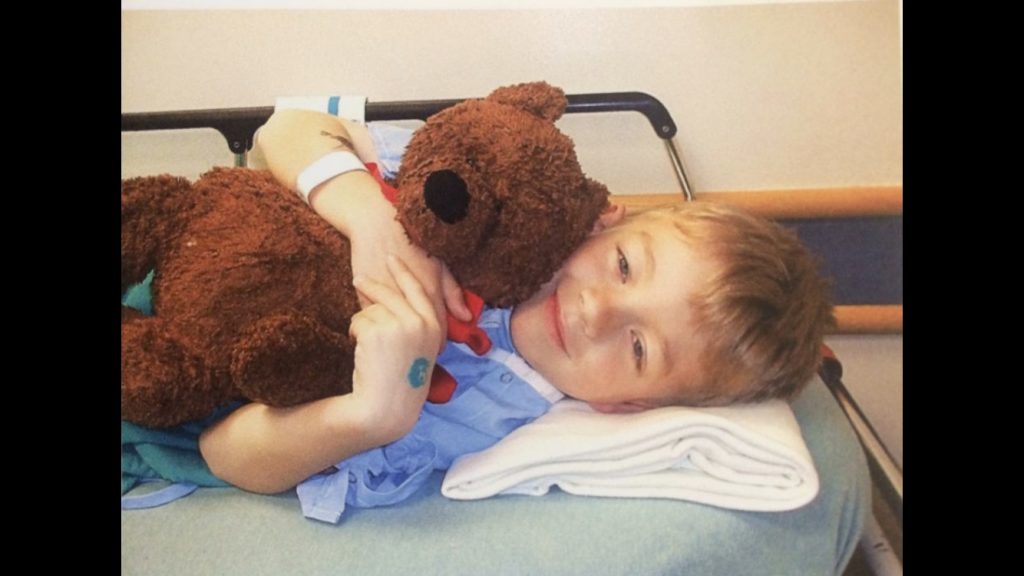
When asked about donating his stem cells, Charles, then 7 years old, was willing, but confused about the process. His parents, Dennis and Ann, shared all of the information with him and talked about the surgical procedure. Every surgery includes concerns, but Charles was ready to have his stem cells harvested so that they could be transplanted to his little brother. When asked about the procedure, he insists that the only discomfort he remembers was taking the bandage off. The surgery occurred on a Thursday; Charles was back in school on Monday.
When asked how they felt, and what was going through their minds during the harvest and then the transplant, both boys have the same perspective. “It’s ancient history…why do you adults keep talking about it?”
Both procedures were successful, and the brothers are happy and healthy, loving and bickering with one another.
When Charles is asked what he thinks now about donating his cells to his brother he says “it really wasn’t that much trouble and I’d do it again in a heartbeat.” When William is asked about his older brother stepping up to save his life, he replies, “it’s cool.”
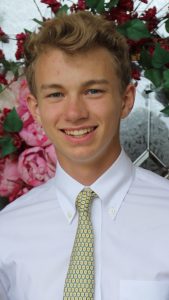 This year, Charles Flaherty will be competing in the 2018 Winter Olympics in PyeongChang, South Korea. He is the “Mono-Estrellada,” the single star on the Alpine ski team for Puerto Rico; not unlike the single star on the Puerto Rican flag. This year marks the return of Puerto Rico to compete in the Winter Olympics for the first time since 2002.
This year, Charles Flaherty will be competing in the 2018 Winter Olympics in PyeongChang, South Korea. He is the “Mono-Estrellada,” the single star on the Alpine ski team for Puerto Rico; not unlike the single star on the Puerto Rican flag. This year marks the return of Puerto Rico to compete in the Winter Olympics for the first time since 2002.
Charles was introduced to skiing on a father/son trip following the success of his little brother’s transplant. The trip was intended to provide Charles with some special attention, something outside of the ordinary, with a focus on him; something unique.
Charles took to skiing like a fish to water. The family made annual trips to Colorado, and they were able to schedule time with the same ski instructor each year. After a few years, the instructor insisted there was nothing more he could teach Charles recreationally, he should learn to race.
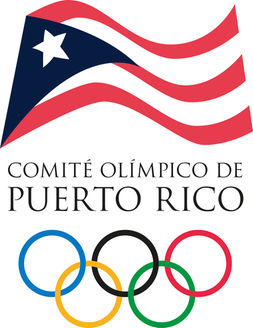 In December, the Puerto Rico Olympic Committee gave their Winter Athletes Federation (FPAI) a 6 month approval of membership, so Charles Flaherty will compete in Alpine skiing at the 2018 Winter Olympics, representing Puerto Rico. With his family behind him, Charles was committed. He continued training, and competed in over 100 races before receiving Olympic Committee approval. We wish Charles well in the Winter Olympics and we are proud of his dedication and commitment to his brother, his family, and to his sport.
In December, the Puerto Rico Olympic Committee gave their Winter Athletes Federation (FPAI) a 6 month approval of membership, so Charles Flaherty will compete in Alpine skiing at the 2018 Winter Olympics, representing Puerto Rico. With his family behind him, Charles was committed. He continued training, and competed in over 100 races before receiving Olympic Committee approval. We wish Charles well in the Winter Olympics and we are proud of his dedication and commitment to his brother, his family, and to his sport.
We encourage you to root for him and we ask you to consider joining the Be the Match registry and staying committed, just like Charles. If you receive that call, asking on behalf of a patient who needs a bone marrow donation, please remember Charles.
To learn more about how you can make a difference in the lives of patients in need of bone marrow transplants and other diseases such as HLH, click here.
Click the button below to Join the Registry:
It’s Sunny in ChicagoChicago, the windy city, is known for jazz, Al Capone, deep-dish pizza, and die-hard sports fans. They have the Sears tower, they dye their river green on St Patrick’s Day and there is a warm sunshine that rises from one of it’s Northwest suburbs.
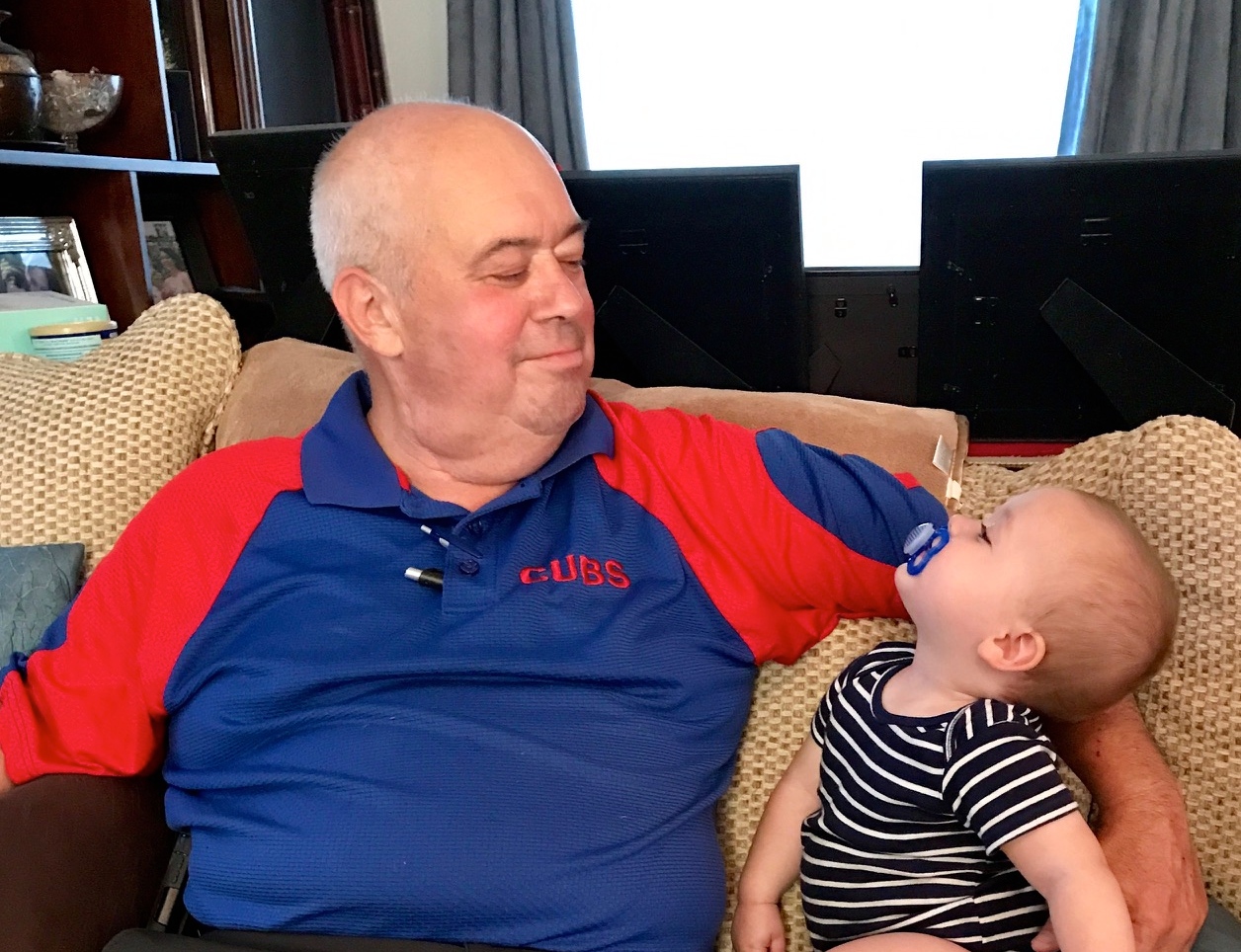
Craig Wisniewski lives in the Northwest suburbs, and that sunshine appears to be coming from his house. Craig has been married to his wife Jean for 42 years; they have a loving, tight-knit family, with 4 children and 4 grandchildren. Craig also has MDS (Myelodysplastic Syndrome), which he claims, “saved his life”.
Craig was diagnosed with MDS in February 2017. He was extremely exhausted, and had shortness of breath. His oncologist didn’t equate these symptoms to MDS and recommended a stress test. Two minutes into that test, they put an oxygen mask on Craig. His carotid artery was 90% blocked. He had to have surgery to clear his artery followed by quadruple bypass surgery. Family, friends, even doctors were surprised that he did not suffer a heart attack or a stroke.
Craig Wisniewski credits his MDS diagnosis with saving his life. In a weird twist of fate, without being diagnosed with MDS, he would not have met with his oncologist, who would not have recommended a stress test, and as a result, he would not have been operated on, twice, in order to save him from a stroke or a heart attack. He is truly grateful.
Now Craig needs a bone marrow transplant to cure his MDS. Based on his heart condition, it is imperative that he finds a 100% match. His three eligible siblings have been tested and none of them were a match. Sibling matches only occur in about 25% of bone marrow transplant cases. His doctor has indicated that finding a match will be extremely difficult due to his Hungarian, Polish and German ancestry. Ethnically diverse patients have a much harder time finding a matching donor within the bone marrow registry.
Craig is extremely aware that he may not find a matching donor, but he wants to use his experience and recent learning about bone marrow transplants to help other people. He wants to raise awareness of the importance of joining the registry and help other patients find their matches. Craig Wisniewski is on a mission. He is a ray of sunshine on a cold winter day in Chicago. Although he is facing one of the most devastating obstacles in his life, he wants to help other people.
Every year, 14,000 patients are diagnosed with cancers such as Leukemia and Lymphoma and can only be cured by a matching bone marrow donation. Be the Match is the largest registry of people willing to donate their bone marrow, and the Icla da Silva Foundation is the largest recruitment center for the Be the Match Registry. Icla da Silva specializes in working with patients who are ethnically diverse and may have a more difficult time finding a match.
You can join the registry, on Craig’s behalf, by using clicking here.
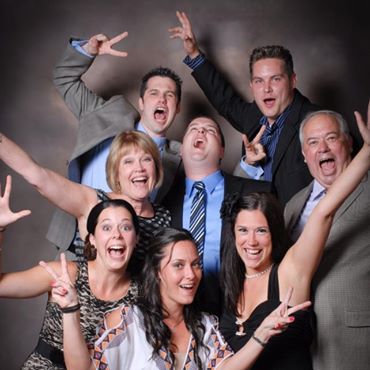
Craig Wisniewski is genuine. When he finished a round of chemo treatments in December, he was grateful just to be able to spend time with his loving family. He is warm, friendly and always joking to make people laugh and feel more comfortable. He sincerely wishes to help others find their match and dispel the myths about bone marrow donation, which prohibit people from registering to become donors and not answering the call if they are matched with a patient.
The process to become a potential donor is simple and more information is available here – 5 Steps of Bone Marrow Donation, but you need to take the first step and register.
The need for a bone marrow transplant happens for patients across all walks of life, regardless of age. More than 80% of newly diagnosed cases of MDS occur in people over the age of 60.
We are grateful for people like Craig and the sunshine that they bring to other people’s lives. Please help us find a match for Craig.
Save a life. Join Now.
Watch Craig’s story:
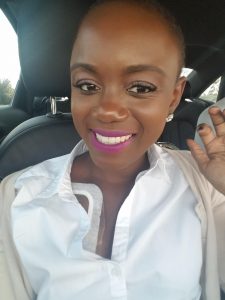 Tiffany Davis is a 31 year old woman from Miami Florida. She is smart, beautiful and strong. She is battling cancer for the second time in her life and she refuses to let it beat her. Tiffany is a Warrior.
Tiffany Davis is a 31 year old woman from Miami Florida. She is smart, beautiful and strong. She is battling cancer for the second time in her life and she refuses to let it beat her. Tiffany is a Warrior.
At the age of 28, Tiffany found a small lump under her left arm. She had a family history with breast cancer, her grandmother died from it, but it was never really talked about. She noticed the lump during a self examination and was diagnosed in 2014. It was detected in early stage 2, and was diagnosed as an aggressive form of cancer, described as triple negative. She had chemo, a bilateral mastectomy, otherwise known as a preventive mastectomy, followed by radiation treatments. Since her cancer was ER+ (estrogen receptor positive), she was also put on hormonal therapy.
Tiffany is strong and she survived her first battle, but after two years as a survivor, during a routine check-up, her labs came back with abnormal red blood cells and a low platelet count. The oncologist sent her to a hematologist for more tests.
After a series of labs and a bone marrow biopsy, it was confirmed on July 31, 2017 that Tiffany had acute myeloid leukemia. This diagnosis was the result of receiving both chemo and radiation for her breast cancer. Tiffany’s best chance of survival is to receive a matching bone marrow transplant.
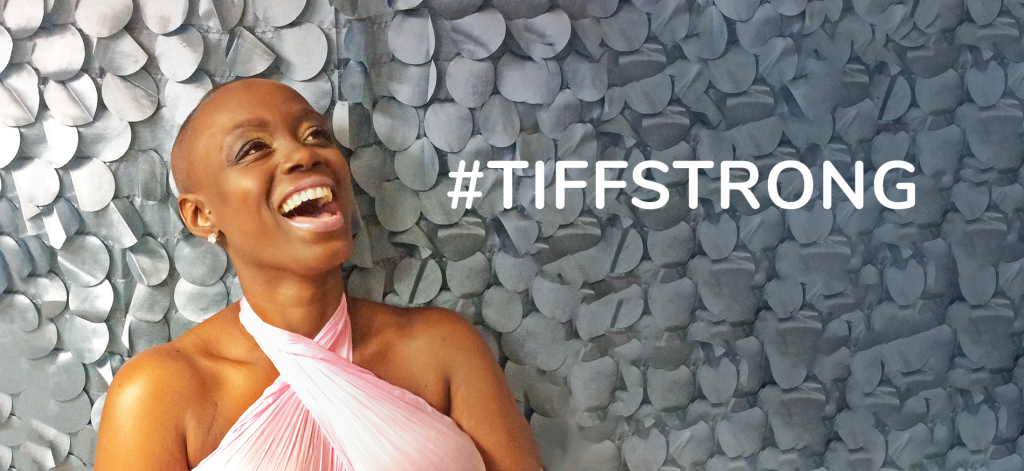
Tiffany remains strong. She is positive and faithful and she will not give up. She insists that the first cancer changed her. She has become more outspoken, and believes it is important to share her journey and bring more awareness to it. She believes in her strength.
At 31 years of age, Tiffany is undergoing chemotherapy again. She has completed phase 1, induction chemo, which consists of 24 hour/day chemo treatment for 7 days. The process clears the bone marrow of leukemia cells, but dramatically affects the immune system and requires a 28 day stay in the hospital.
Phase 2 is the consolidation process, where they try to keep you in remission, through continued chemotherapy, until a matching donor can be found.

Finding a matching donor is Tiffany’s next battle.
African Americans have a high propensity to be diagnosed with cancer. About 1 in 2 black men, and 1 in 3 black women will be diagnosed with cancer in their lifetime. Many of these cancers can be cured with a bone marrow transplant. Since African Americans have a greater genetic diversity than other populations around the world, this diversity can make finding a perfect match more difficult. This is further impacted by the fact that the African American community is simply underrepresented in the national bone marrow registry.
We encourage you to join the registry and stay committed to helping save the life of a patient in need. You could be the life saving difference. Please register using the TiffStrong referral code at Be The Match.
As a warrior, Tiffany Davis refuses to give up hope. She is thankful for the support of her family and friends and she is grateful to be able to share her journey with others. She has been documenting her thoughts and findings through her Youtube channel:
You can help Tiffany and many other patients looking for a matching transplant by hosting a marrow drive of your own at your company/school/church. Every drive helps us add more donors to the registry, please click here to request more info: https://icla.org/events/host-marrow-drive/
We stand strong with Tiffany and will do everything that we can to help her survive this next battle.
We Remember the Tate Family
Last month was National Sickle Cell Awareness Month. In recognition, we remember the courageous Tate family from Maple grove Minnesota.
The first two daughters of Yalonda and Gary Tate both had sickle cell anemia. The life threatening disease meant bi-weekly trips to the hospital for blood transfusions and follow up visits for both girls. People with sickle cell disease have abnormal hemoglobin in their red blood cells. Hemoglobin is a protein that carries oxygen throughout the body. When the cells are irregularly shaped, like sickles or crescent moons, the cells can get stuck and are not able to carry adequate oxygen throughout the body. Sickle cell disease is most common among people of African descent. The only cure is a matching bone marrow transplant.

Madison, the oldest daughter (now 23), had a bone marrow transplant in 2004, which failed. The doctors told the Tates that a sibling bone marrow match was their best hope. Since their daughter Olivia was also sick, she was not an option for a transplant.
The Tates decided to have another baby. They went through in vitro fertilization, testing Yolanda’s eggs until they found one free of the sickle cell trait. In November of 2005, the Tates gave birth to their 3rd daughter, Quinnlyn. At the age of six months, Quinnlyn gave her oldest sister Madison a gift of life. Stored stem cells from her umbilical cord were used in a transplant, giving life to her older sister.

Olivia (now 19) was also in need of a matching bone marrow transplant. Fortunately, a 100% match was found. The donor, Sidnei Barbosa, had registered to become a donor through the Icla da Silva Foundation. The foundation is the largest recruitment center for the Be The Match registry, focusing almost exclusively on patients with a racially diverse background.
Joining the registry, especially for people from minority communities, is important. Olivia Tate was extremely fortunate to find a match to her blood type, but there just aren’t enough potential donors of African decent on the registry. The African American community is underrepresented, which makes it more difficult to find a matching donor. You can register here and help save a life.
Four years ago, Olivia met her donor for the first time at the Icla da Silva Foundations Hope Gala in New York City. You can view the heart-warming story here:
The Icla da Silva Foundation is holding their 25th Anniversary Hope Gala on October 18, 2017. At the Gala, there will be another special meeting between a patient and her donor. You can donate here to help us continue our mission of saving lives by recruiting bone marrow donors and supporting patients and their families with diseases treatable by marrow transplants.
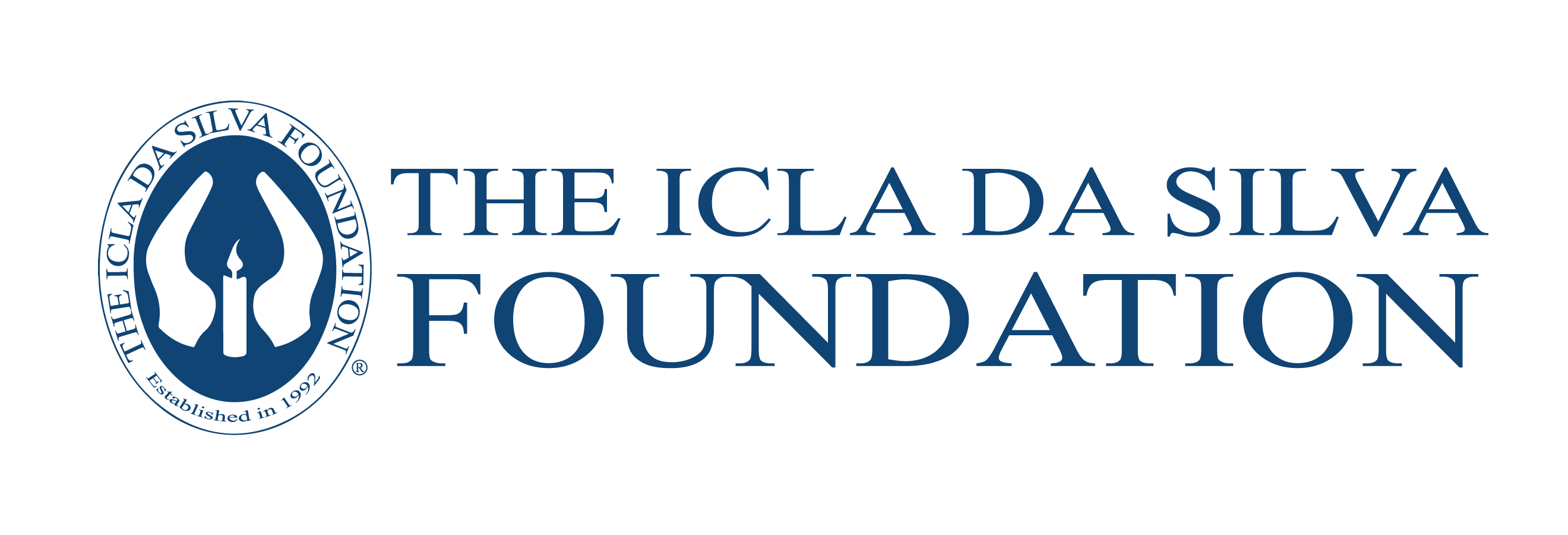
 English
English Spanish
Spanish Portuguese
Portuguese

